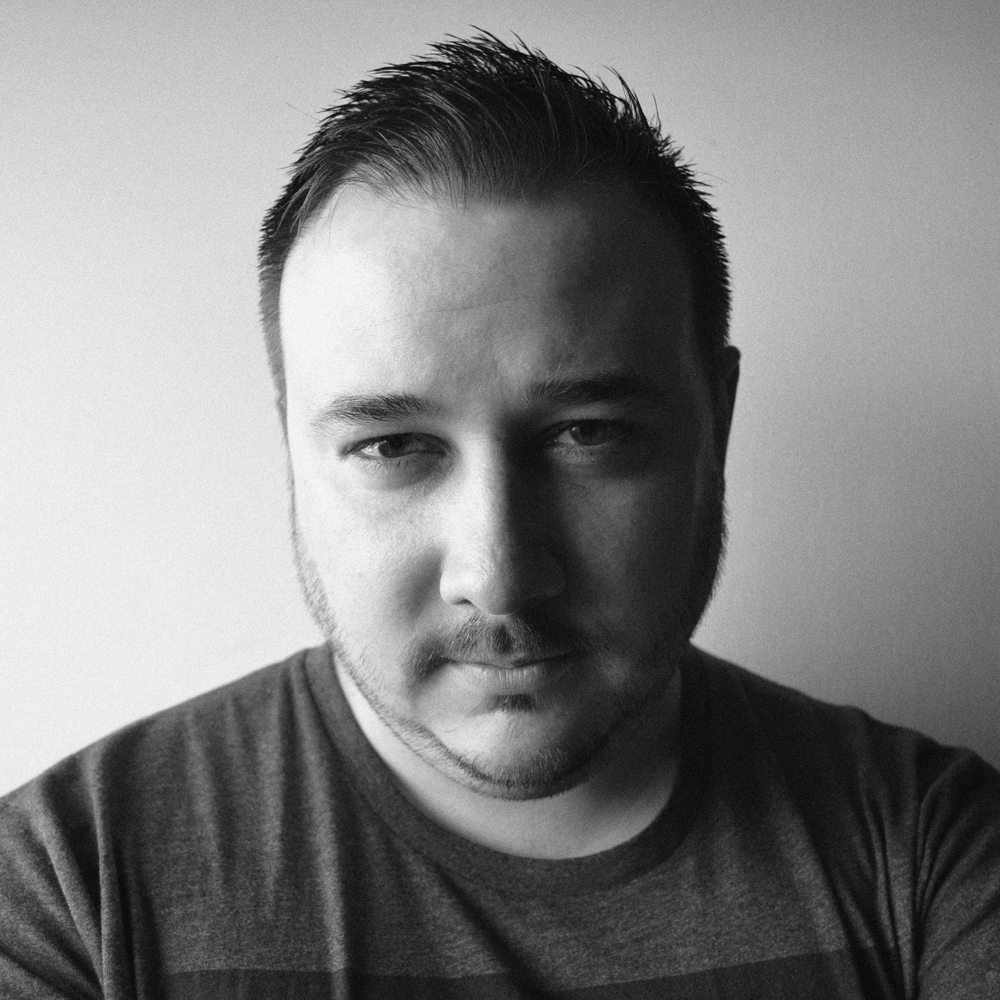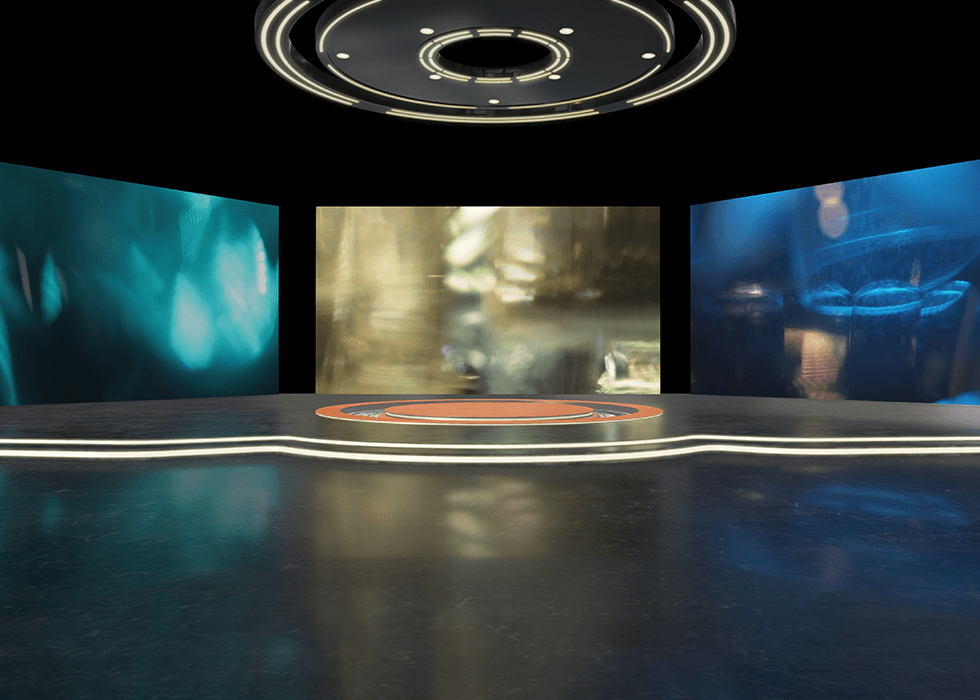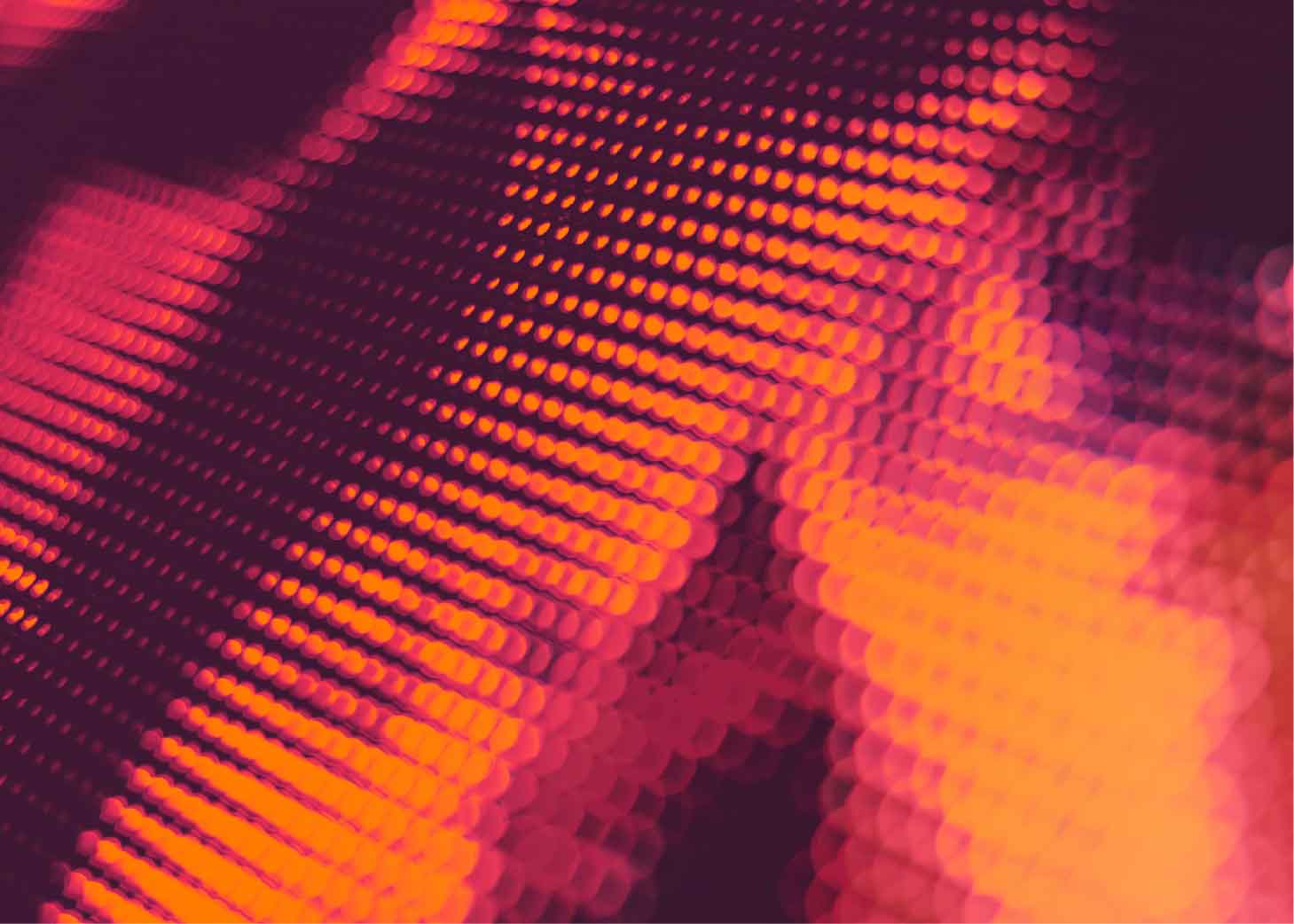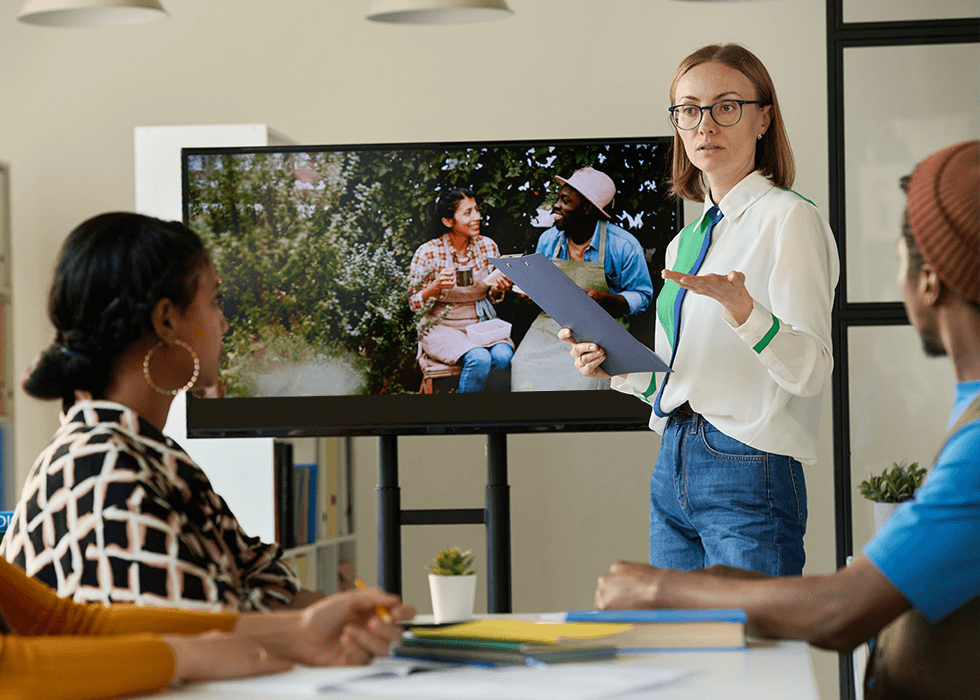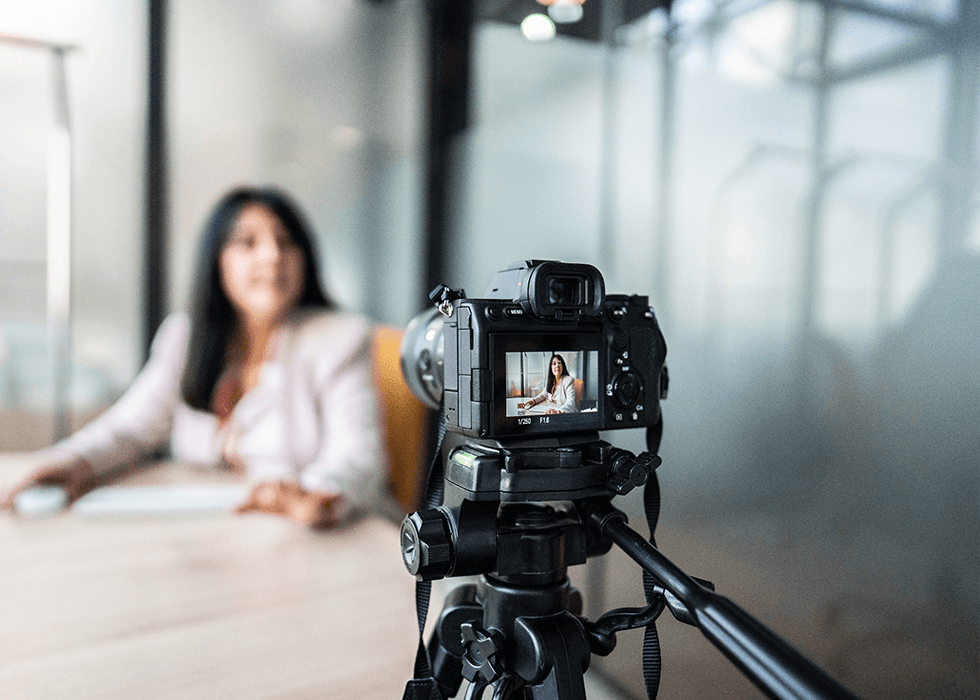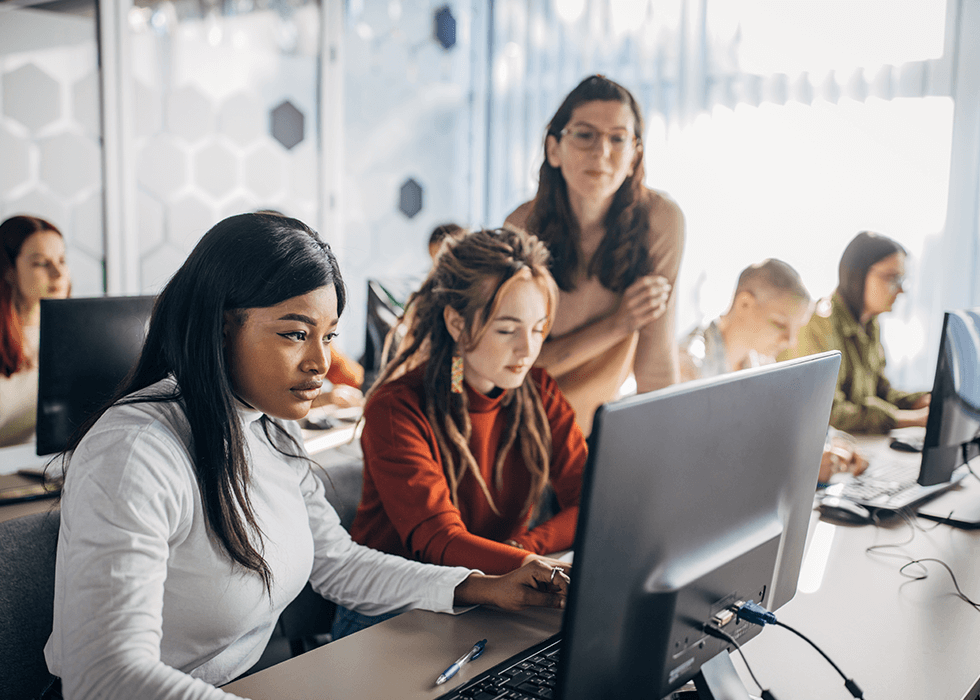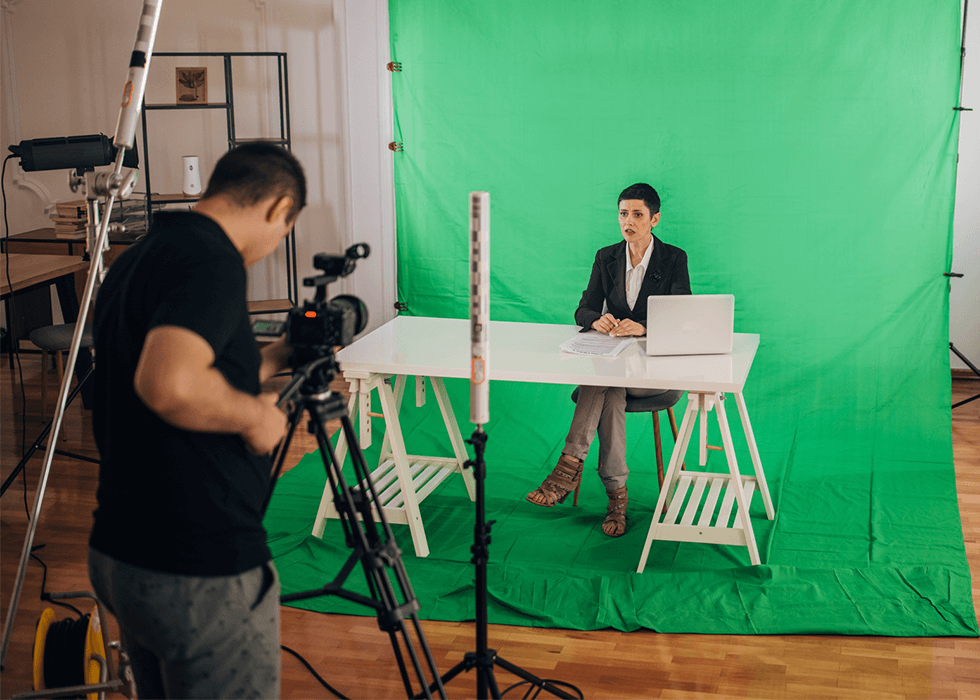
Portable Chroma Key Vs. Traditional Green Screens: Which Suits Your Needs?
You may think you’re unfamiliar with chroma key technology, but you’ve been seeing “blue screen” and “green screen” in action for decades. This digital compositing technique uses a single standout color backdrop to isolate the subject, allowing an actor or speaker to be edited onto any background suited to the production in question.
While the fundamentals of chroma key compositing remain fairly consistent from one project or software solution to the next, you do have some options when it comes time to shoot your footage. So should you go with a portable chroma key backdrop or a traditional green screen? It depends, of course, on the task at hand.
What Is Chroma Key?
If you’ve ever been on a video-conferencing call and set your background to a custom image, you’re well on your way to understanding the advantages (and pitfalls) of using a chroma key screen: it gives you complete control over much of your final image, but it also requires some finessing for best results. You may have to do a bit more post-production work when it comes time to edit your project together, you’ll have to do some additional pre-shoot planning, and you’ll want to get well acquainted with your backdrop and software. But when you film entirely using natural backgrounds, you’re essentially at the mercy of whatever locations you have available to you, and you won’t be able to change your mind later on—nor will your client.
The purpose of having a dedicated, physical chroma key backdrop of some kind is to firmly delineate the subject you’re filming from whatever might appear in the background behind them. Bright, solid greens are commonly used for this because they contrast most starkly against human skin tones, most clothing, and any props the production might call for. While filming on the go or in a populated area, a portable chroma key screen is a must; these come in a variety of shapes and sizes, and you can even get them for the back of your office chair for use with Zoom and live-streaming platforms. If you have a studio space available to you, you’ll likely want the added coverage and flexibility of a full-sized, traditional green screen.
Interested in exploring more topics in the world of Broadcast AV? Browse our upcoming webinars below.
Advantages of Portable Chroma Key
Convenience and Portability
With a good portable green screen, the world is your film set. Good lighting and optimal noise levels help elevate the quality of any production, but if you have concerns about what’s visible in the background of a shoot, or being able to make artistic choices in the editing room, a portable chroma key backdrop could save you some headaches in the post-production stage. They’re generally lightweight, a snap to set up, and will ensure you maintain maximum control over your final footage—all while keeping the focus on your subject.
Versatility Across Different Locations
Depending on what portable chroma key panel you buy, you’ll find that they’re an incredibly versatile solution for your green-screen needs. They’re often collapsible, freestanding, or come with a sturdy stand to prop them up on, so you can set one up and tear it down in a matter of minutes wherever there’s a story to be told or an image to be captured.
Efficiency for On-the-Go Creators
With this added portability comes a wealth of possibilities for vloggers, traveling filmmakers, and documentarians. You might record interview subjects anywhere in the world and then, in the editing room, use chroma key compositing to achieve uniformity from one backdrop to the next. A drab conference room or busy convention floor doesn’t have to distract from the message you want to send. And, if you’re a remote worker who uses Microsoft Teams or Zoom, a portable green screen you simply attach to the back of your office chair will help you achieve fantastic image quality—no matter what custom background you use for meetings.
Advantages of Traditional Green Screens
Durability and Stability
If you have a larger space like a studio you can dedicate to your video production, a more traditional green screen is perhaps the way to go. They’re easier to fine-tune for the best possible image quality and lighting compared to an on-the-go environment. You can also tailor the space in a number of useful ways, adding green-screen elements in the foreground or utilizing the floor the same way you would the walls or backdrop.
Professional-Grade Quality for Larger Productions
If you have the space for a full-sized, traditional green screen, you’ll likely have access to plenty of other advantages as well, budget permitting. You get a lot more space for blocking and making use of the camera in an environment with some walking room, for one thing, but also professional-grade lighting setups, better sound quality, and fewer worries about the distractions and noise of the outside world. Each method of working has its advantages and downsides, naturally, but a studio is generally going to produce better results. And it’s easier to maintain a green screen when it’s not being exposed to the elements.
Options for Customization
Aside from smoothing out wrinkles or lining up multiple screens, a portable chroma key backdrop has one shape, more or less and that’s what you work with—at least until you start tinkering with the software side of things. When you’re working with a traditional green screen, however, you can tailor it to both the room and the project at hand. Whether you’re working with long-lasting fabric or seamless photography paper, you can budget for the length of the production, install it in nearly any configuration that fits within your existing walls, and so on.
Considerations for Choosing Portable Chroma Key vs. Traditional Green Screen
Budget and Financial Considerations
A dedicated portable chroma key panel will usually be the lowest-cost investment, running you somewhere around $50 or so, depending on size, shape, and brand. The cost of a do-it-yourself paper solution will depend on the amount you need for a given space, but will probably be comparable to most portable screens. Professional-grade, full-size green screens might cost more in the ballpark of $500. If you have the studio space for a long time, it may be worth investing in the highest-quality green-screen kit you can find. If you’re shooting on the go for small online video projects, a simple portable option is almost certainly the way to go.
Space and Setup Requirements
The biggest thing to consider when it comes to choosing the right chroma key solution for your office or studio is whether or not you want the green screen up permanently or only on occasion. If you’re not going to need it regularly, a smaller collapsible screen will help you make the most efficient use of your space—and minimize setup time. Installing a full-sized, more permanent green screen takes a lot more time and care, generally, and will take up more of your storage or display space than a collapsible, easy-to-store portable screen.
Use-Case Scenarios
If you plan to shoot out in public, outdoors, or at busy live events, a portable screen is an easy, obvious solution. But studio shoots raise additional questions: Are you just broadcasting from a PC at a desk? Or are you making an art film with visual effects? If you’re using chroma key compositing on a daily or weekly basis, having a dedicated green screen as part of your permanent studio setup might be the sensible investment.
The Takeaway
When it comes to filmmaking craft and software, the tech and the techniques are often pretty similar. But achieving the results you want will depend on the specifics of your project, your typical clients, and your budget. Only you know how you like to work, ultimately, but having a couple different, reliable options can give you the flexibility you need to cover all the bases. A portable chroma key backdrop can help you achieve incredible results wherever you’re shooting, but it’s hard to beat a dedicated studio environment with pro-grade lighting.




